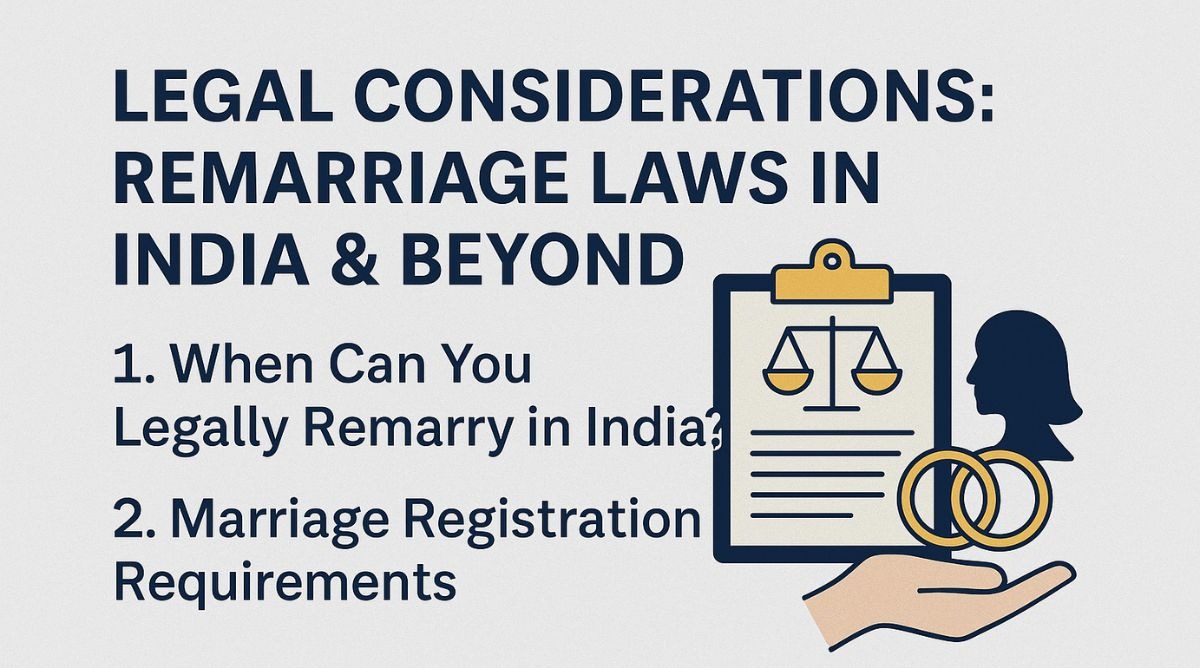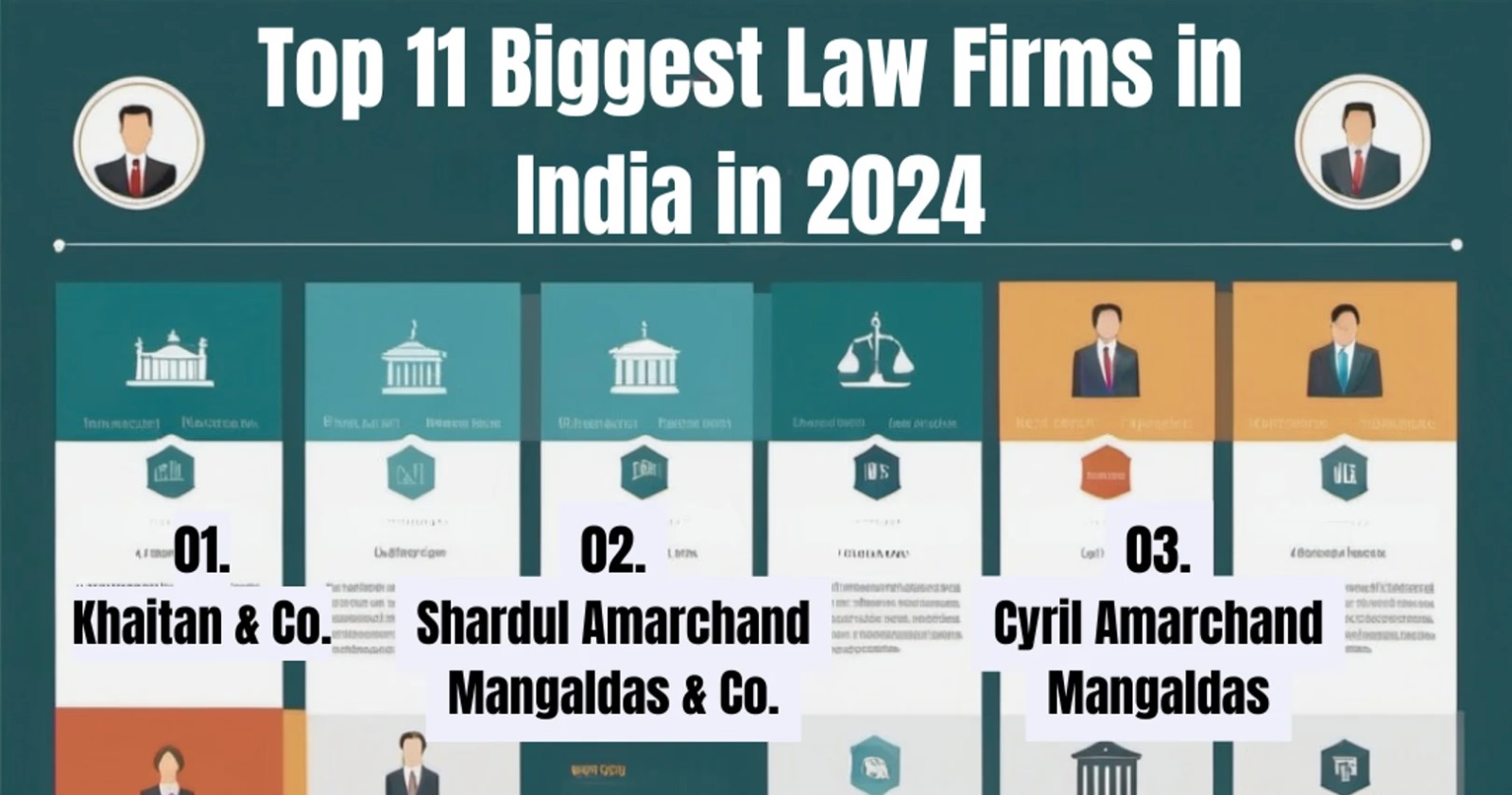V.S. Aggarwal, J.
1 The present revision petition has been filed directed against the judgment of the Appellate Authority and of the Rent Controller, Ludhiana dated 21.4.1989 and 22.8.1986 respectively. The learned Rent Controller had passed an order of eviction against the petitioner which was upheld by the Appellate Authority.
2. The relevant facts are that respondent Joginder Singh had filed a petition for eviction against the petitioner asserting that the petitioner is a tenant in the suit premises at a monthly rent of Rs.70/- besides house tax. The petitioner was alleged to be in arrears of rent from 1.3.1980. It was further the case of the respondent that the property in dispute is bona fide required by the respondent for his personal use. The respondent was stated to be in occupation of one room, one drawing room and a kitchen. His family comprises of two sons and two daughters, out of whom one son and a daughter were of marriageable age and one daughter was studying in school. The accommodation with him was stated to be insufficient and that the respondent was not occupying any other residential building nor has vacated any such building in Ludhiana.
3. The petitioner had appeared and contested the application for eviction. It is not in controversy that on the first date of hearing, he tendered the arrears of rent. The liability to pay the house tax was denied. The petitioner''s defence was that the property in question had been let to him for commercial purpose for running the dry-cleaning and for ironing the clothes. Thus, the ground of eviction that the respondent required the property for himself and members of his family was not available.
4. The learned Rent Controller held that the plea of house tax had not been pressed and thus the petitioner was not liable to pay the same. He further concluded that the property was let and was used by the tenant for the business of dry-cleaning and ironing the clothes. The building however was bona fides required by the respondent for his personal use and occupation. The order of eviction was passed. In appeal the learned Appellate Authority returned the findings that in fact the property also was not let for commercial purpose. It was held that it was let for residential purpose. It was further concluded that the respondent bona fide required the same for himself and members of his family. Aggrieved by the said findings and dismissal of the appeal, the present revision petition had been filed.
5. The main controversy herein has been as to if the property in question had been let for commercial or for residential purpose or has to be taken to have been let for residential purpose because no permission of the Controller had been taken. Reliance on behalf of the respondent was placed on two factors namely, that it is a finding of fact returned by the Appellate Authority and, therefore, this Court should not interfere and secondly u/s 11 of the East Punjab Urban Rent Restriction Act, 1949 (for short ''the Act'') the residential building could not be converted into non-residential building except with the permission of the Controller.
6. Taking up the second contention first, Section 11 of the Act reads as under:-
"11. Conversion of a residential building into a non-residential building:-No person shall convert a residential building into non-residential building except with the permission in writing of the Controller."
The Full Bench of this Court in the case of Shri Hari Mittal v. Shri B.M. Sikka (1986 )89 P.L.R. 1 (F.B.) had considered this controversy. It was held that provisions of Section 11 are mandatory. They are intended to subserve a public policy of seeing that the residential accommodation does not fall short in the community. If the residential building is let for non-residential building without obtaining permission in writing of the Controller, it would continue to be residential building.
7. The cited decision in the facts of the present case will not help the respondent. The reasons are obvious. Before it could be termed that Section 11 of the Act comes into play, the respondent had to show that it was a residential building. In this regard the evidence on the record is deficient. As would be noticed hereinafter the respondent is carrying on his business in the suit premises and there is an adjoining shop to it. Both the premises abut on the main road; On the back side as is apparent, the respondent has his residential portion/There is no scheme or sanctioned plan so as to indicate that it is a residential building. Therefore, this particular argument necessarily must fail to be devoid of any merit.
8. In the present case in hand; the learned Rent Controller had returned a finding to the effect that property had been let for commercial purpose. As mentioned above, the said finding had been reversed. The learned Appellate Authority like the Rent Controller had scanned through the evidence. It had referred to the statement of Darshan Lal to infer that petitioner remained as the tenant of Darshan Lal only for three years or in other words from 1977 to 1982. Ram Pal has not lived as a tenant in the house of Darshan Lal. Inference was drawn that petitioner thus was living in the suit premises. It had further been concluded that petitioner at the relevant time used to work on a Push-Cart (Rehri) for ironing the clothes. Thus, a finding of fact was arrived at that property had been let for residential purpose and absence of latrine and bathroom itself will not show that it was let for commercial purpose. The plea of the petitioner that right from the very beginning he has been using the property, for commercial purpose was not found to be correct. These are findings of fact arrived at by the Appellate Authority.
9. Reference with advantage can be made to the decision of the Supreme Court in the case of Lachhman Dass v. Santokh Singh (1995)111 P.L.R. 276 (S.C.). It was held that powers under the Haryana Urban (Control of Rent and Eviction) Act, 1973 does not confer upon the High Court, the power as if it was a Appellate Court. It was reiterated that the said power is only to see the illegality or impropriety in the orders passed by the trial Court. Same was the view of the Supreme Court in the case of
10. In the present case in hand; it cannot be termed that the findings of the Appellate Authority were totally erroneous, absurd and where a reasonable person would not come to such a conclusion. When such is the situation, this Court will not re-appraise the evidence. It follows, therefore, that there is no ground to set aside the findings that property had been let for residential purpose.
11. If the petitioner presently is using the same for commercial purpose and consent of the landlord has not been taken, will not change the purpose of letting in the facts of the case. To that extent, there is no ground to upset the said findings.
11.As regards the fact that respondent requires the property in question, there was no plea that was raised in this Court.
13. As an off shoot of the aforesaid, the revision petition must fail and is dismissed. The petitioner is granted three months time to vacate the property.

